In 1930 a man captured a female hamster and her 12 children in Syria and brought them to Israel to raise and breed. They were then exported to the United States and England. All the fancy bear hamsters on the market today came from these 13 hamsters. They are golden yellow, or reddish yellowish brown. Other colors we see are genetic mutations, including cinnamon, brownish black, cream, white, mottled, albino and long-haired (teddy bear). Fancy bear hamsters are nocturnal, solitary animals with a more aggressive personality.
Contents
Physiological Introduction of Fancy Bear Hamster
Body temperature: 37-38 degrees
Lifespan: average 18-24 months, max 36 months
Daily food intake: 8-12g per 100g body weight
Daily water intake: 8-10ml per 100g of body weight
Optimal ambient temperature: 18-24 degrees Celsius
Optimum ambient humidity: 40-60%
Sexual maturity: male 70-98 days, female 42-70 days
Gestation period: 15-16 days
Litter size: 5-9 births
Weight: 2g
Weaning time: 20-25 days
Average lifespan: 1.5-2 years
Breeding period: 10-12 months old
Hamsters are self-ovulatory animals

Fancy Bear Hamster Preparation check list
Fancy Bear Hamster
Cage
Hiding house
Running Wheel
Running ball
Water bottle
Food bowl
Bedding
Food
Post-purchase and semi-annual visits to the veterinary hospital for physical and fecal exams

Care for Fancy Bear Hamster
Fancy Bear Hamsters make great pets and are ideal for people who live in cities. Fancy Bear Hamsters are quiet, do not need to be exercised outdoors, are not too dirty or smelly, are very adaptable to changes in ambient temperature, and are nocturnal, so when you come home after a long day at the office, you can still see your Fancy Bear Hamster playing.

If you want to wake them up, it’s best to gently scoop them up with both hands. If you use your fingers to dislike it from behind you may provoke it. Excited Fancy Bear Hamsters are very jumpy, so be careful of them jumping off hands or tables. All Fancy Bear Hamsters should be housed individually, males will fight with each other. Females will also fight, especially if they are pregnant.

Is it suitable for young children at home
We need to talk to the children in detail and patiently, if the children tend to cause the hamster to be nervous, it is not recommended to keep the hamster. The Fancy Bear Hamster is a medium sized pet for a child and does not move too quickly.

Nutritional Requirements of the Fancy Bear Hamster
Fancy Bear Hamsters in the wild are primarily vegetarians, but will also eat small insects and animals. The main components of their diet are the leaves and flowers of plants, and some roots such as wheat, barley, millet, soybeans, peas, carrots potatoes, and beets.
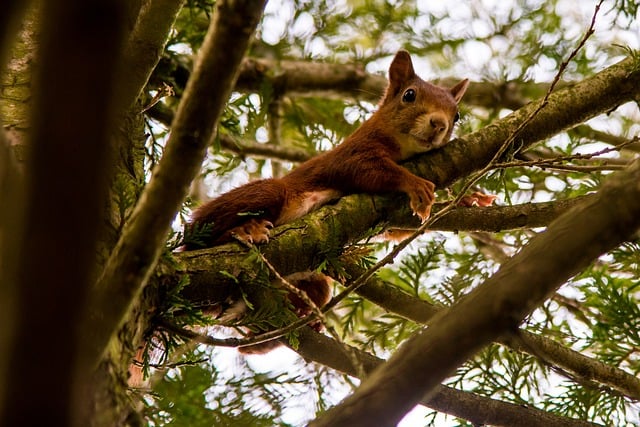
Many owners use seed mixes and funnel-shaped food bowls for feeding. This means that the Fancy Bear hamster can have an unlimited amount of food like melon seeds. Melon seeds are actually a food that is very high in fat. It is very low in calcium and if used as a staple food for a long period of time may cause excessive obesity and osteoporosis.
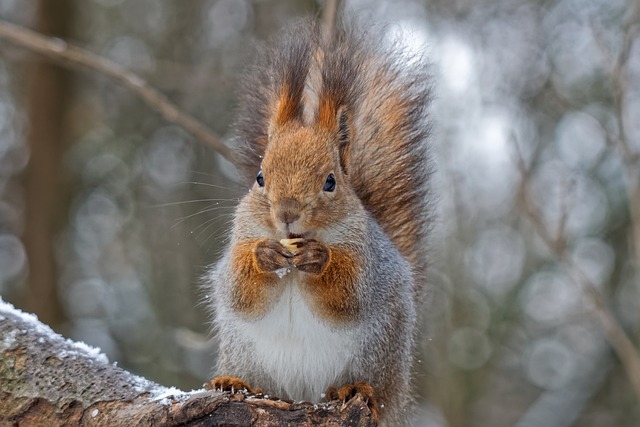
There are also hamster foods that are a mix of pelleted grains on top of a seed mix designed to increase the vitamins and minerals in the food. Unfortunately, Fancy Bear hamsters don’t usually appreciate this and will pick away at what they think tastes good and ignore the pellets.
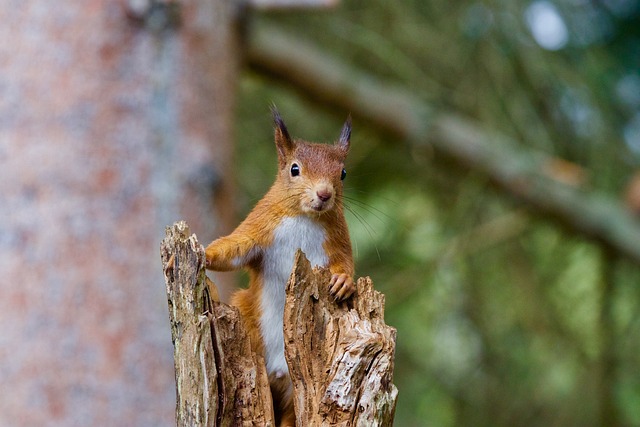
We recommend feeding your Fancy Bear Hamster a pelleted food that has all the nutrients, such as Oxbow’s Hamster and Gerbil Food or Mazuri’s Hamster and Gerbil Food. The best food for hamsters is a pellet food with all the nutrients mixed directly into it.

Fancy Bear hamsters need approximately 12g of food and 10ml of water per 100g of body weight. They are feces-eating animals. Newborn Fancy Bear Hamsters start eating on their own at 7-20 days.

Snacks for Fancy Bear Hamsters
Juvenile Fancy Bear Hamsters require no less than 16% protein and (4%-5%) fat. Adult Fancy Bear Hamsters can have a protein requirement of no more than 14%.

High protein snacks such as egg whites, apples, raisins and walnuts can be fed occasionally. But high fat foods should be avoided. Avocados, onions, and chocolate should be avoided.

Habitat for Fancy Bear Hamsters
The natural habitat of the Fancy Bear Hamster is in dry, rocky grasslands or on slopes with shrubs. They live in burrows that they build themselves. Typically, one hamster per hole, they are expert diggers. The temperature inside the tunnel is cooler and more humid than outside. Because of this, the Fancy Bear Hamster can tolerate cold but is afraid of heat.

When the outside temperature is as high as 34 degrees Fahrenheit, the Fancy Bear Hamster will experience heat stress, and when the temperature reaches 36 degrees Fahrenheit, it will often die. The optimal temperature is 18-24 degrees. Juvenile hamsters need 22-24 degrees Celsius and an ambient humidity of 40-70%. The ratio of light to darkness should ideally be 10:14, and a regular light cycle will keep hamsters healthier. They are nocturnal animals. Fancy Bear Hamsters are relatively unsocialized and need to be kept alone. In order to avoid fights between hamsters, it is not recommended to keep a group of hamsters or to put a newly purchased hamster directly into the cage of an existing hamster.
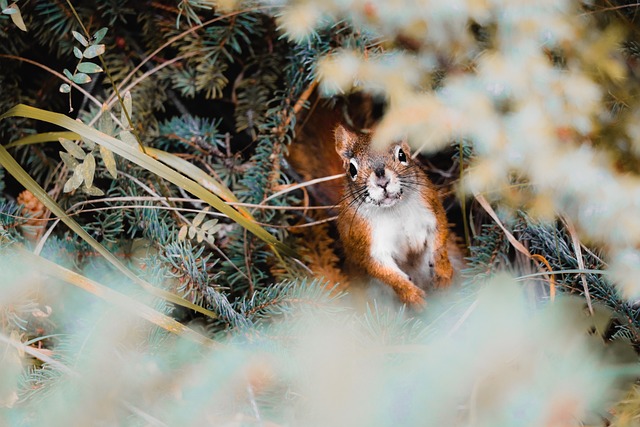
Cages
We recommend a cage with a plastic bottom and rounded corners, deep enough to hold bedding, ventilated around the edges, with a large enough door, easy to clean, lightweight, and hamsters are masters at escaping, they can chew through wood, soft metal and plastic.
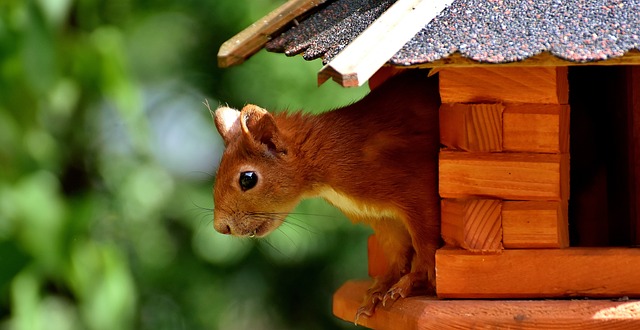
A cage that is heavy or not easy to take apart will usually result in poor sanitation. Cages like terrariums are too heavy to clean and hamsters tend to escape through the top of the cage. In addition, many of the commercially available access plastic cages are not adequately ventilated and need to be dismantled and cleaned very carefully on a regular basis. If a child in the house is the sole person in charge of the hamster (which we do not recommend), then it may not be possible to clean the cage independently, resulting in a very dirty cage from time to time.

The cage should be thoroughly cleaned weekly, with all bedding changed and washed thoroughly with soap and hot water. If you already smell your hamster’s cage, it is definitely time to clean it. Many hamsters become ill or even die due to high ammonia levels caused by excessive feces in the environment.

The best cage size for an adult hamster is 50 centimeters in length and width and 15-25 centimeters in height. The smallest size should be 28 centimeters in length and width and 15 centimeters in height.
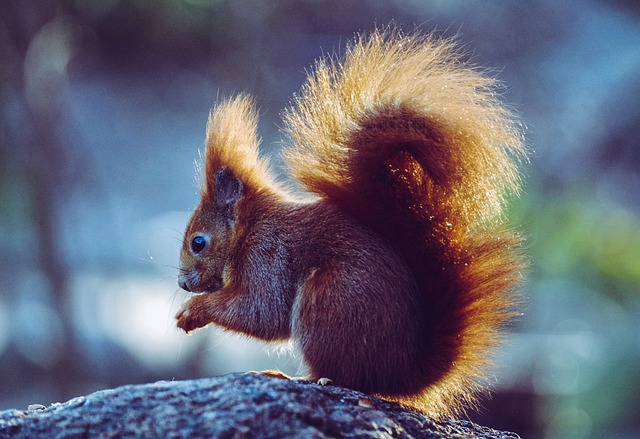
Food bowl and water source
Food bowls that are not easily knocked over need to be given, if there are young hamsters, it is recommended not to give food bowls. It is recommended to give steel ball water bottles or siphon water bottles the water bottles need to be changed and the spout checked daily for obstructions or leaks. Food tubs should be washed daily for debris and cleaned weekly with detergent.
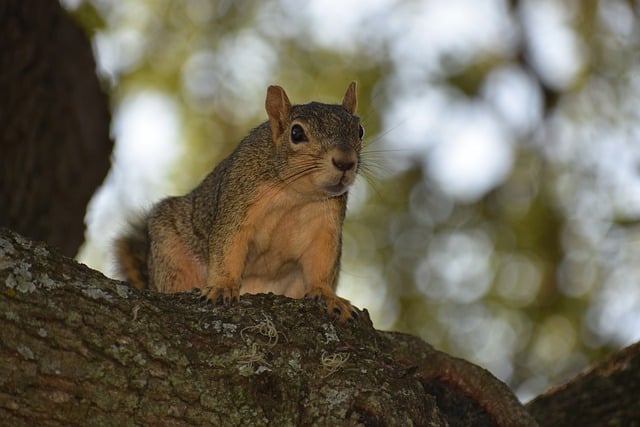
Bedding
Many materials can be used as bedding, including recycled paper, kitchen towels, compressed wheat straw, citrus peels, aspen bark, oak bark, corn cobs, etc. Hamsters need thicker bedding (up to 15cm) to simulate a burrowing environment and soft tissue paper for nesting. Cedar wood shavings are not recommended as they contain some of the wood’s own essential oils, which are suspected to cause elevated liver enzymes, facial dermatitis, and respiratory problems in hamsters. Don’t use fibers, cotton or towels that have the potential to pull out threads, which can easily entangle them and cause trauma.